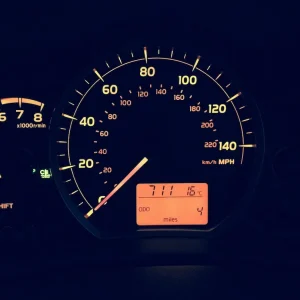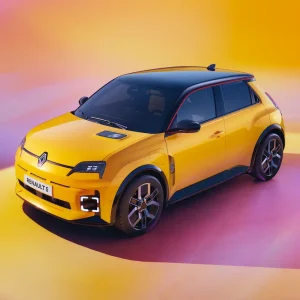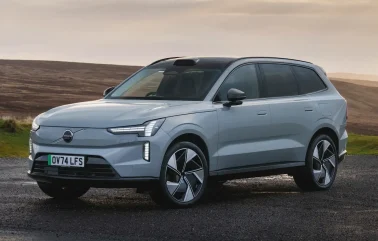
Volvo EX90
Incoming facelifted versions of the XC90 arrive this year, but there’s now a new EV range-topping alternative from Volvo, in the form of the all-new EX90. How does this latest model compare to established rivals?
Think Volvo range-topper, and usually you’ll be thinking the XC90, a car that despite the second-generation version being launched back in 2014, has remained relevant and popular, thanks to plug-in drivetrains, and the fact that few rivals are able to match its practicality.
However, the EX90 is built on a bespoke new architecture, the SPA2 platform, which is shared with the Polestar 3 (also in this comparison), it has a 111kWh battery pack, 400-volt architecture, and it can be fast-charged up to 250kW. Like the Polestar, there are two versions, both with twin motors, the Ultra with 408hp that we’re focusing on here, and Performance Ultra with 517hp – with more versions due. The Ultra 408hp version, has 568lb ft of torque, and acceleration to 62mph in 5.9 seconds, and a range of 374 miles.
With DC charging up to 250kW, 30-minute 10-80% battery charge is possible, but a full charge on a 7kW AC charger will take 15 hours.
Outside, the EX90 looks familiar but different – almost an update of a mixture of EX30 design cues, on an XC90 silhouette. It is a big car but hides its bulk well thanks to clever design – like the tapering bodywork. Highlights include the pop-out door handles, the distinctive wing mirrors, and the headlights with their large ‘Thor’s Hammer’ DRLs, that open to reveal the main pixel LED units.
Inside, the EX90 carries on and modernises the familiar XC90 feel. The plastics, leather, and wood trims feel premium and expensive. Headroom front and rear isn’t an issue for the tallest. The driving position is comfortable, and multi-adjustable. There’s also enough legroom in the next two rows for adults to get comfortable – although we’d suggest the third row is more for short trips and children.
The Volvo EX90 is also the brand’s first car to feature centralised computing with the NVIDIA DRIVE core computer, running software from Volvo Cars. Serving as the AI brain, the NVIDIA platform can process data from the EX90’s multiple sensors and cameras to enable driver monitoring and assistance features.
On the road, standard air suspension means that despite standard 22in wheels fitted to both EX90 versions that we drove, the ride generally was supple and impressed. Next up is the steering, which has decent weight and response – making the EX90 feel nimbler than its size and 2.8 tonne weight would suggest.
The EX90 has the lowest SMR, but with the highest depreciation, the Volvo finishes in last place in this set.
Read more: Volvo EX90 review
| Model | Volvo EX90 Ultra |
| P11D | £96,200 |
| CO2 (tax) | 0g/km (2%) |
| BIK 20/40% a month | £32/£64 |
| Range | 374 miles |
| National Insurance | £266 |
| First year VED | £0 |
| Subsequent VED | £0 |
| Battery size/power | 111kWh/408hp |
| AFR | 7p |
| Residual value | 37% |
| Depreciation | £60,498 |
| Fuel costs | £4,114 |
| SMR | £3,853 |
| Cost per mile | 114p |
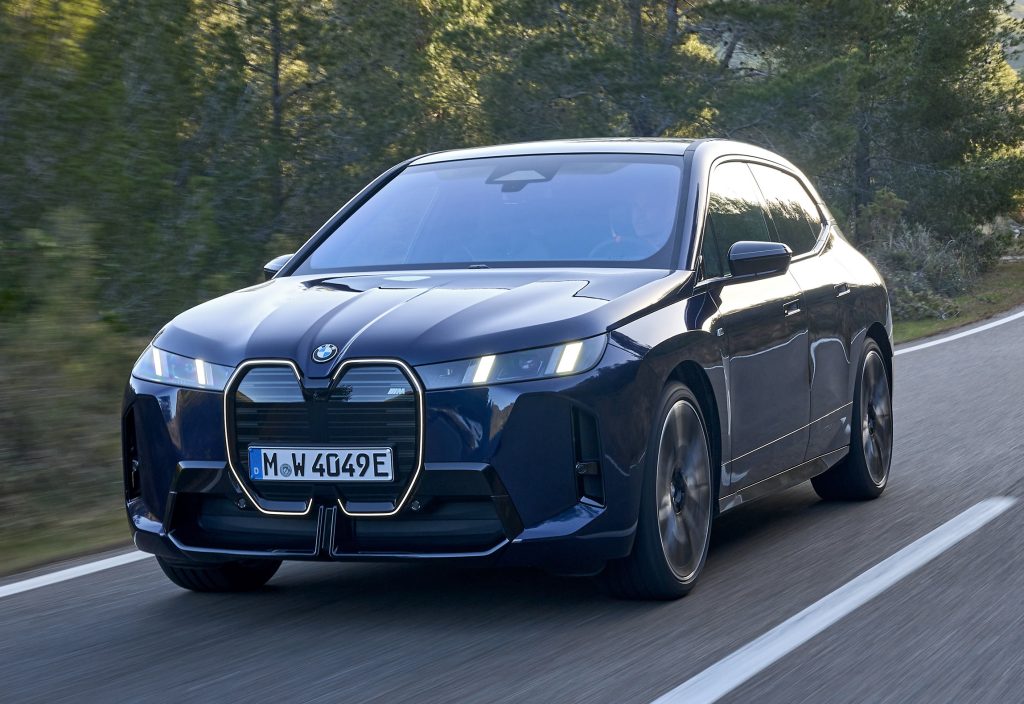
BMW iX
Freshly facelifted, the grille (which can now be optionally lit!) remains one of the key opinion dividers of this car. This along with the unusual flaring to the wheel arches, plus the frameless windows, and the fact that there are no door handles as such, mean you still won’t mistake the iX for any other car, which we think is a good thing.
Inside, it’s as stylish as the outside – but with impressive practicality! The iX range also benefits from increased range thanks to revised electronics, battery technology, and changes to the efficiency. The xDrive 60 produces 544hp, and can cover 426 miles on a single charge. Even in M Sport specification, the iX in xDrive 60 has the longest range – because of this, the BMW has the lowest electricity cost figure. The BMW also has the second-cheapest SMR figure behind the Volvo. Elsewhere, the iX is a mid-player, and it finishes third in the group, with the second-highest cost per mile figure.
Read more: BMW iX review
| Model | BMW iX xDrive 60 M Sport |
| P11D | £92,145 |
| CO2 (tax) | 0g/km (2%) |
| BIK 20/40% a month | £30/£61 |
| Range | 426 miles |
| National Insurance | £254 |
| First year VED | £0 |
| Subsequent VED | £0 |
| Battery size/power | 109kWh/544hp |
| AFR | 7p |
| Residual value | 42% |
| Depreciation | £55,645 |
| Fuel costs | £3,582 |
| SMR | £4,119 |
| Cost per mile | 105p |

Kia EV9
The EV9 is currently our favourite premium large SUV and demonstrates the newfound confidence in EVs produced by Hyundai’s Korean sister brand since the launch of the excellent EV6 in 2021.
In fact, the EV9 shares the EV6’s Electric Global Modular Platform (E-GMP), but with the choice of six or seven seats that’s where the similarities end. Outside, the EV9 looks like no other car which is a good thing. Overall, it’s a very square design, with some cleverly curved edges that help the EV9 slip slickly through the air remarkably quietly.
We’re focusing on the seven-seater version, as it’s most popular, and there’s plenty of room for five adults over the first two rows of seats – with the third row almost as impressive.
The EV9 costs over £75,000, but it says something about the opposition that it’s the cheapest here! The fact the Kia is the slowest depreciator, and has the lowest NI figure bodes well for the future, too. Considering this, it’s no surprise the EV9 tops the group, despite the highest fuel cost figure.
Read more: Kia EV9 review
| Model | Kia EV9 GT-Line S 7-Seats |
| P11D | £75,970 |
| CO2 (tax) | 0g/km (2%) |
| BIK 20/40% a month | £25/£50 |
| Range | 308 miles |
| National Insurance | £210 |
| First year VED | £0 |
| Subsequent VED | £0 |
| Battery size/power | 99.8kWh/378hp |
| AFR | 7p |
| Residual value | 53% |
| Depreciation | £36,001 |
| Fuel costs | £4,537 |
| SMR | £4,768 |
| Cost per mile | 75.51p |
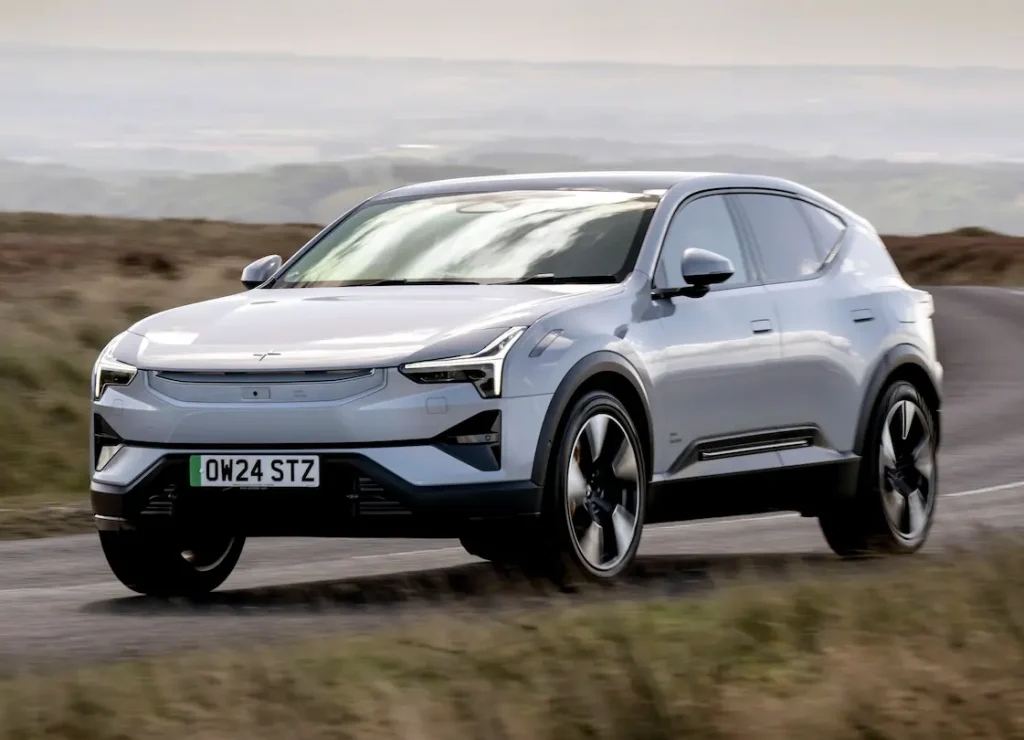
Polestar 3
The Polestar 3 is long, but the defining part of the design is the lower, more coupe-like roofline – which in our opinion has the effect of making this big SUV look smaller and shorter.
Built on Volvo’s SPA2 platform (the same as the EX90), it has a 111kWh battery pack, 400-volt architecture, and it can be fast-charged at up to 250kW.
Our Performance Pack version boasts 0-62mph acceleration in just 4.5 seconds, yet the range is still 347 miles. On the road, standard air suspension means the ride is generally supple. Its steering is impressively sharp.
The Polestar’s second place here for depreciation is impressive. The 3 also has the second-lowest NI figure, and second-lowest P11D figure. This means that despite the second-highest fuel cost figure, and the highest SMR figure, the Polestar is able to finish in second place overall.
Read more: Polestar 3 review
| Model | Polestar 3 Long-Range Dual Motor Performance Pack |
| P11D | £81,445 |
| CO2 (tax) | 0g/km (2%) |
| BIK 20/40% a month | £27/£54 |
| Range | 347 miles |
| National Insurance | £225 |
| First year VED | £0 |
| Subsequent VED | £0 |
| Battery size/power | 111kWh/510hp |
| AFR | 7p |
| Residual value | 48% |
| Depreciation | £42,732 |
| Fuel costs | £4,314 |
| SMR | £4,949 |
| Cost per mile | 86.6p |



